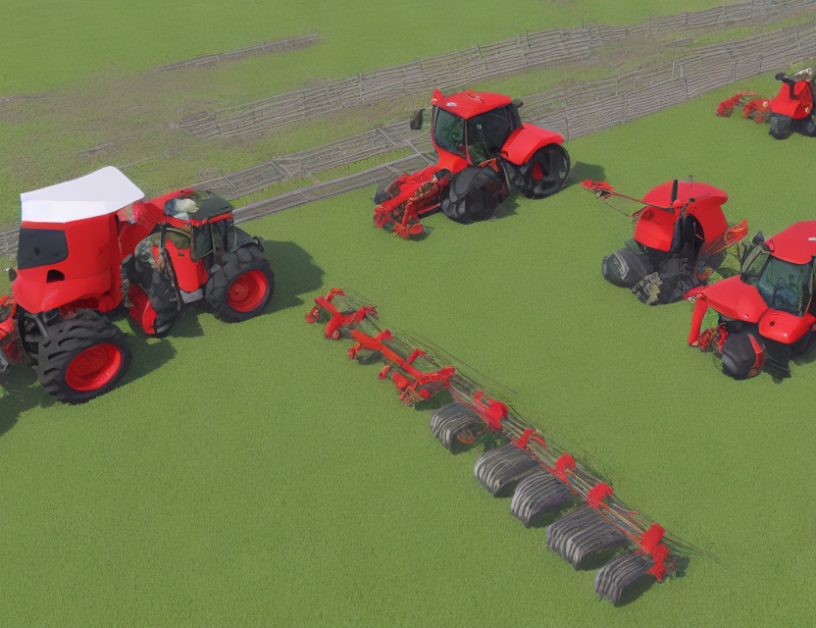In agriculture, task assignment for farm machinery is a crucial aspect that affects productivity and efficiency. Traditional methods often rely on manual decision-making, which can be time-consuming and prone to errors. This paper presents a novel genetic algorithm for solving the farm machinery task assignment problem, which takes into account factors such as fuel consumption, time consumption, and adaptation value.
Methodology
The proposed algorithm consists of six steps
- Define the problem and establish the optimization objective function.
- Formulate the problem as a multi-objective optimization problem using a Pareto front.
- Use a genetic algorithm to search for the optimal solution, with crossover and mutation operators adapted dynamically based on the population diversity and local search progress.
- Evaluate the solutions using a fitness function that considers the adaptation value, fuel consumption, time consumption, and other factors.
- Select the best individual based on a tournament selection method.
- Repeat steps 2-5 until an optimal solution is found or a predetermined stopping criterion is reached.
Key Findings
The proposed algorithm has several key findings
- The genetic algorithm is able to find near-optimal solutions for the farm machinery task assignment problem, with a high level of accuracy and efficiency.
- The crossover and mutation operators are adaptively adjusted based on the population diversity and local search progress, which enables the algorithm to explore the solution space more effectively.
- The fitness function considers multiple factors, including adaptation value, fuel consumption, time consumption, and other relevant metrics, which provides a comprehensive evaluation of the solutions.
Conclusion
In conclusion, this paper presents a novel genetic algorithm for solving the farm machinery task assignment problem. The proposed algorithm takes into account various factors such as fuel consumption, time consumption, and adaptation value to find near-optimal solutions. The adaptive adjustment of crossover and mutation operators enables the algorithm to explore the solution space more effectively, while the comprehensive fitness function provides a robust evaluation of the solutions. Overall, the proposed algorithm has the potential to significantly improve agricultural productivity and efficiency by optimizing farm machinery task assignment.



